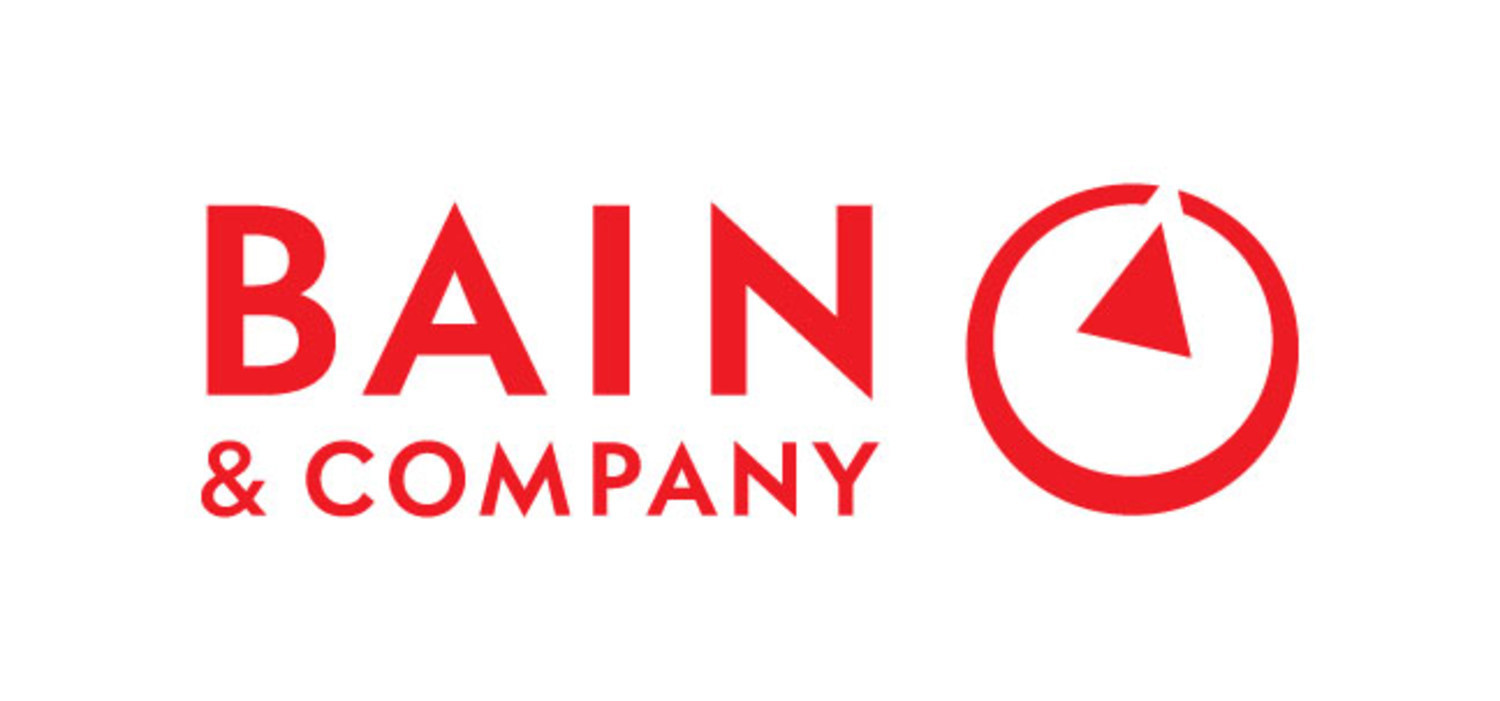Better-off Americans scale back spending plans after December stock market declines hit investment portfolios, posing risks to the US consumer outlook for 2025, analysis concludes
BOSTON, Jan. 15, 2025 -- A sharp deterioration in American upper-income consumers' spending intentions for this month may mark an emerging trend that is an early indicator of broader consumer and economic weakness ahead in 2025, according to the latest results of the Bain & Company/Dynata Consumer Health Indexes, released today.
At the end of the crucial holiday spending season for American consumers, the latest Consumer Health Indexes show a drop of 10.8 points in US upper-income consumers' spending intentions for this month, with a January reading for this gauge of 96.5, down from 107.3 in December.
While the January fall in the spending intent of better-off Americans revealed by the CHI survey is a single month's data point, the abrupt deterioration seen could signal further worsening to come in US consumer activity, the Bain & Company/Dynata report concludes. This could also herald potential knock-on consequences for global economic prospects this year, given that the American consumer provides an outsized contribution to global demand, the report adds.
The January drop in upper-income spending intentions in today's CHI report comes back-to-back with a smaller 3.2 point fall in December. With this coming in parallel with back-to-back, sharp falls in the CHI data's composite gauge of the overall consumer outlook for the upper-income group – by 2.6 points in January and 3 points in December, taken together the data look significant – especially as the same trend is not mirrored in this month's readings for other income groups.
The CHI consumer outlook score for upper-income earners is primarily driven by their expectations for investment portfolios, the group's primary asset. While the S&P 500 climbed by 28% in the first 11 months of last year, it fell 3.5% in December, providing the likely trigger for the January fall in spending intentions among upper-income Americans.
The Bain/Dynata analysis suggests that the pace of decline in upper-income Americans' spending intentions seen this month may ease up in February's CHI results – matching the pattern of last year, when a large January fall was followed by a rise in February, partially offsetting January's decline. Importantly, however, those 2024 trends also still saw the CHI spending intentions gauge remaining stuck at a lower level throughout last year as a whole, with it never reattaining earlier average levels. An average 2024 reading of 106.6 was 7 points lower than the 2023 average of 113.8.
Since the drop in upper-income consumer spending intent in the early stages of last year ultimately resulted in a sustained shift down to a lower average level for the full year in 2024, this month's similar January fall in the gauge suggests another such downshift may be emerging, today's report concludes. With upper-income earners representing more than 50% of US discretionary spending, this emerging trend may therefore point to broader potential challenges ahead for the US consumer outlook, with wider implications globally, it adds.
The Bain/Dynata report notes that a resurgence in stock prices in coming months, or US policy shifts, could still alter the outlook. But it argues that the overall picture from this month's CHI findings suggest businesses should consider risk scenarios in which US upper-income consumers take a step back, particularly on discretionary spending, if a renewed and continuing rally in equity markets fails to materialize.
Brian Stobie, senior director Bain & Company's Macro Trends Group, said:"This month American upper-income earners' spending intent took a sharp and unexpected turn for the worse. We think this trend is linked to December's pull-back in the equity markets hitting these earners' portfolios. Given that upper-income earners represent the majority of discretionary spending in the US, and that American consumers play a critical and outsized role in global demand generation, this is a worrying indicator early in 2025."
Stobie added: "In considering the significance of this month's spending intent datapoint, we note that it is extending a downtrend that began last month and occurring at the same time as a two-month downward trend in the consumer outlook score for the same upper-income group. Taken together, these four data points indicate that the deterioration in the data provides more signal than noise and is pointing to what may well be significant implications for consumer-facing businesses as we head into an uncertain 2025."
For more details and the full report (PDF), please click here or get in touch via the media contacts below.
This News is brought to you by Qube Mark, your trusted source for the latest updates and insights in marketing technology. Stay tuned for more groundbreaking innovations in the world of technology.









